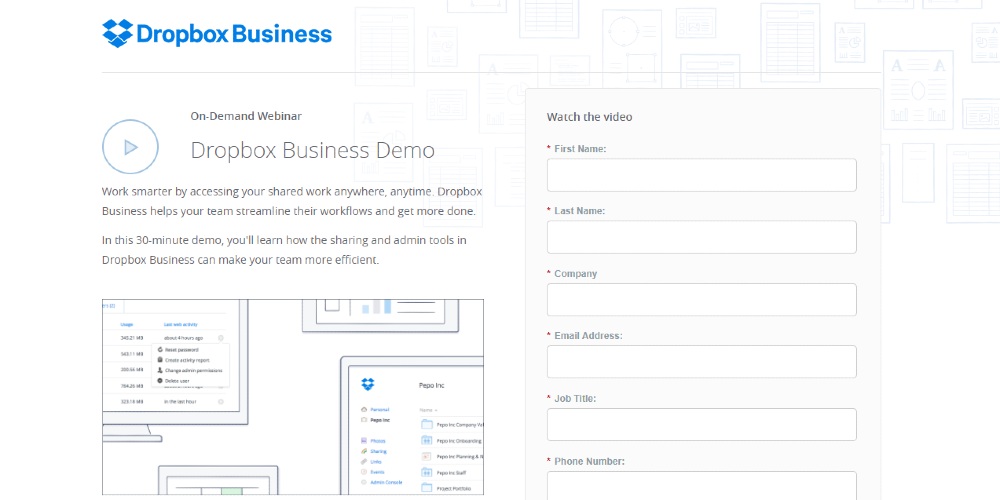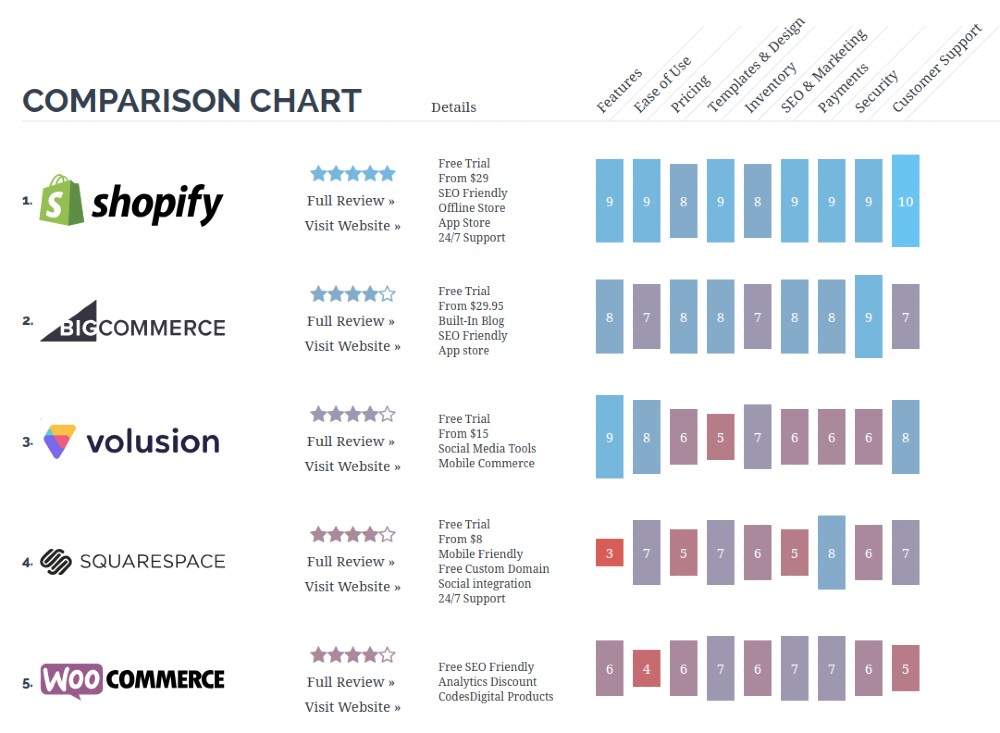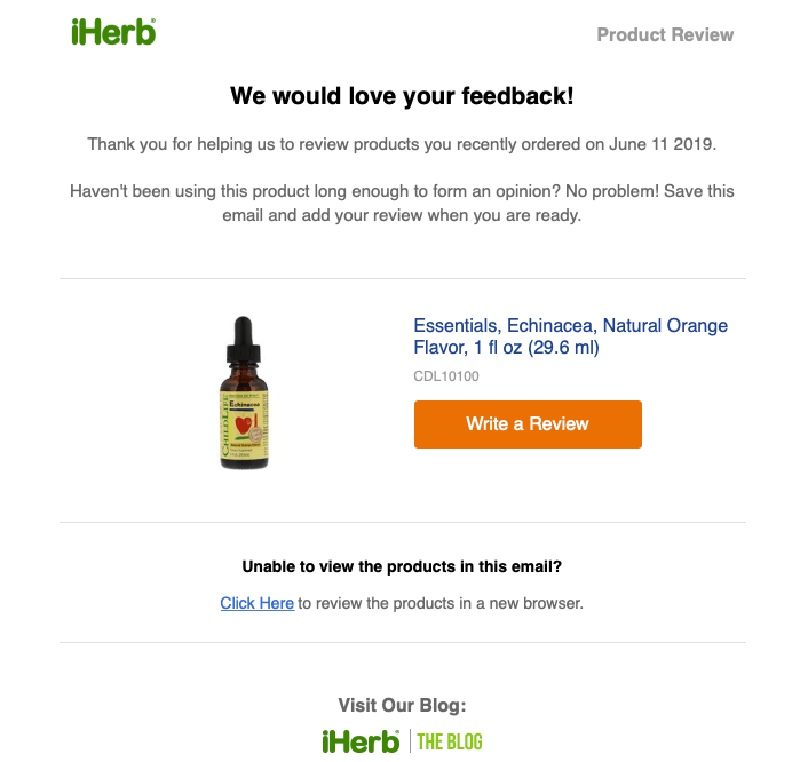Use Graphic Design to Guide Potential Customers Down the Marketing Funnel
Our actions are greatly influenced by what we see. It’s our nature and is a concept that cannot be debunked. Having said that, it is crucial for marketers to use graphic design if you want your leads to become actual customers. Take note though that graphic designs used in marketing are not just visually-pleasing. It must be persuasive enough to engage people at every stage of your marketing funnel.
At times, we get too excited to use all our graphic design ideas. But timing is essential in marketing. Thus, we will share with you the best graphic design practices at each level of your marketing funnel.
What is a Marketing Funnel?
A marketing funnel, without getting too technical, simply describes the path that a consumer takes from learning about your business, down to actually purchasing your products and services.
To date, there are multiple marketing funnel models. But the principles remain the same. For the purpose of this article, we will use the AIDA model which is an acronym for Awareness, Interest, Desire, and Action.
Awareness
In this phase, you are highly promoting or introducing your brand. This is where lead generation takes place, and you gather market information and data. These data can be used once you go down further into the marketing funnel.
At this point, people are not yet ready to make a purchase. They just want to see if there is a solution to their existing problem. And that’s where you go in. For marketers, you can use this stage to establish your company as a problem solver, a trusted brand, and a market leader by creating industry-related content.
Ideally, this first phase should provide valuable information. You can use different approaches and materials such as infographics, checklists, or e-books. These are all good lead magnets. But that doesn’t mean that your marketing collaterals should be text-heavy. In fact, graphic design should be considered when creating these materials.
Your team needs to find that perfect balance of being informative yet producing materials that are easy on the eye. Take into consideration the right layout, high-quality image, and even icons that can perfectly supplement your informative texts.

A good example is from Fix.com. It’s an e-commerce site where you can buy various home tools. But they did not restrict their content to just tools and equipment. Instead, they created materials that can help homeowners in general. It’s a good technique that can establish your company as an authority.
One of their best infographics is the Wine and Cheese Pairings. It’s straightforward, easy-to-understand, yet informative.
However, if we are to improve this infographic to increase awareness, we would add the company logo and website address. In addition, we will use colors that represent the brand. Studies show that a consistent design across all marketing materials can improve brand recognition.
Interest
Now that brand recognition is in place and you already have your leads, it’s time to proceed to the next phase. At this rate, people want to see more of what you can offer. Thus, you can provide a product or service demonstration through your landing pages.
But before your landing pages, you need a ‘request a demo’ page. Remember these things when designing a ‘request a demo’ page:
- Maintain an organized look
- Create a simple form that can be completed in less than 2 minutes
- Add other company contact details such as phone number
- Include short messages/video about what they can expect from the demo

Take a look at what Dropbox did. There’s no need to add a lot of elements. In fact, the lesser the elements, the better. This is a great tactic so that you can condition your potential customer on what’s left to do – to answer the form and watch the demo.

HubSpot’s page is also a perfect example. They have highlighted their number of users which intrigues more people. Because of this, you would want to see their services first-hand.
So you see, graphic design isn’t just about images or colors. It’s also about placing elements in the right position to maximize the impact on your visitors.
Apart from a demo page, you can also send them white papers. This is the best time to expound their issues and the solutions you can offer. Your design approach here should sit between a fun brochure and a conservative business report. It should not be too playful nor too corporate-looking.

In addition, always consider your audience. If your potential customers are between ages 40 to 50, then you might need to make your font size bigger. It is important to adapt the design according to your demographics. Here’s a snippet from Linkedin’s ‘The Sophisticated Marketer’s Guide to Content Marketing’.
Desire
Congratulations! You have now taken your potential customer to the next phase. They are almost ready to purchase and you just need to give it a little nudge. During this stage, they will compare your products and services from other providers. This is where your graphic design team can help once again.

Instead of writing lengthy articles proving that your company is the best choice, you can create a simple table instead. The sample from Cart2Cart will give you an idea.
Yet again, if you are to create your own, make sure that your brand’s colors are dominant. You can change the background and use a different color for the texts. It’s a subtle way of reminding your potential customers which company to choose.
Action
The last stage or Action phase of the funnel is the product of all your efforts from the first three stages. But that doesn’t mean that your work ends here. In fact, after-sales is crucial as you would want to ensure customer satisfaction and retention.
After the actual purchase, you can send your customers a personalized Thank You email with the help of your graphic designer. You can even insert links to survey forms or to other promos that they might be interested in. The one from iHerb is a good sample.

This works for offline purchases as well. Your graphic designer can create stationery for your brand, and you can have a handwritten Thank You note delivered right at their doorsteps. Don’t worry about your penmanship, because, as passe as this may sound, ‘it’s the thought that counts’. Without a shadow of a doubt, your customer will appreciate it.
Graphic Design on Social Media
We also want to discuss more how you can use graphic designs for your marketing funnel strategies on social media. To date, almost 75% of consumers are influenced by social media when they purchase online. Thus, you need to put a premium on the largest platforms like Facebook and Instagram when creating your overall marketing funnel strategy.
Remember, it doesn’t matter how great your caption or texts are on social media. If your images aren’t good enough, you won’t be able to grab a person’s attention. Here’s how you can ensure that your social media graphic designs will supplement your marketing funnel strategies. We cited examples from real companies to give you inspiration.

HelloFresh created a slideshow ad to introduce the brand

Quiet Light maximized data visualization by using infographic (you can use charts and graphs)

Sprout PH added micro-animations and configured images for Facebook and Instagram Stories

Lazada used Stories to demonstrate their new promos
And as always, maximize the Call-to-Action on your social media graphic designs. This will lead your potential customers to your landing pages where your funnel starts to narrow down.
Conclusion
A marketing funnel is a great tool when creating graphic designs. By identifying which level of the funnel your potential customers are, you can conceptualize better and work on the right materials.
It’s more than just saving time for your graphic designers. It’s actually speeding up the entire marketing funnel process so that you can turn leads into paying and loyal customers.
We suggest that you work with a professional team that can handle your graphic design needs such as Design Doctor. With them, you can get unlimited designs that can cover all your marketing funnel strategies – for a fixed price.









